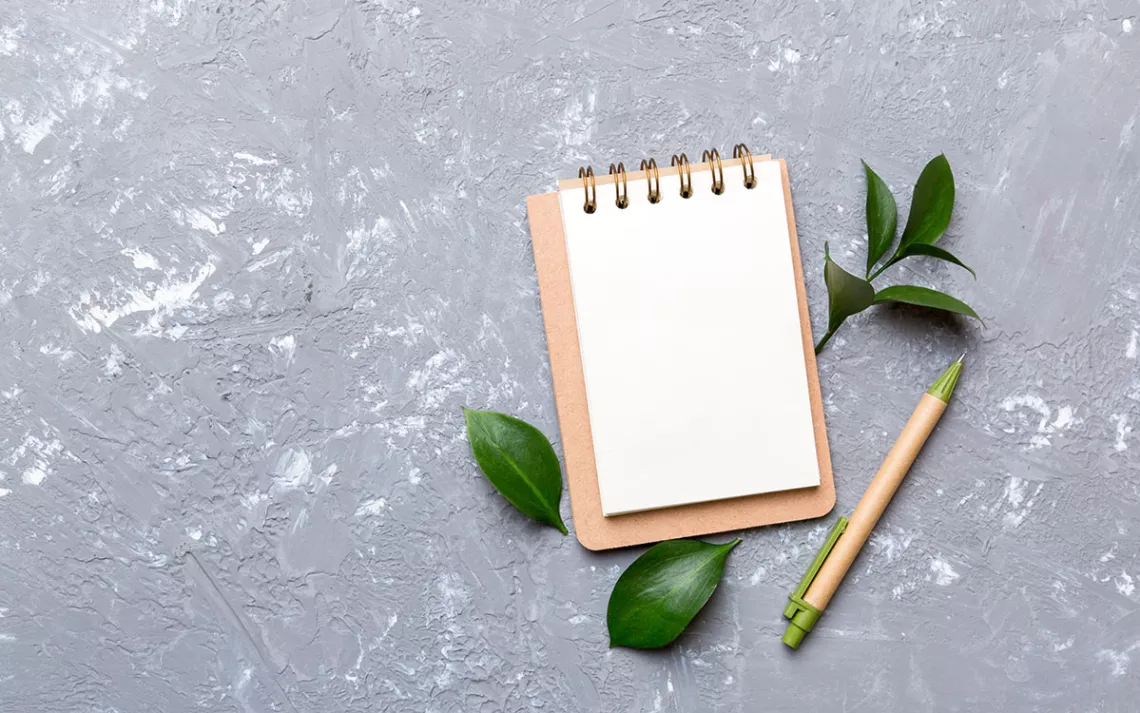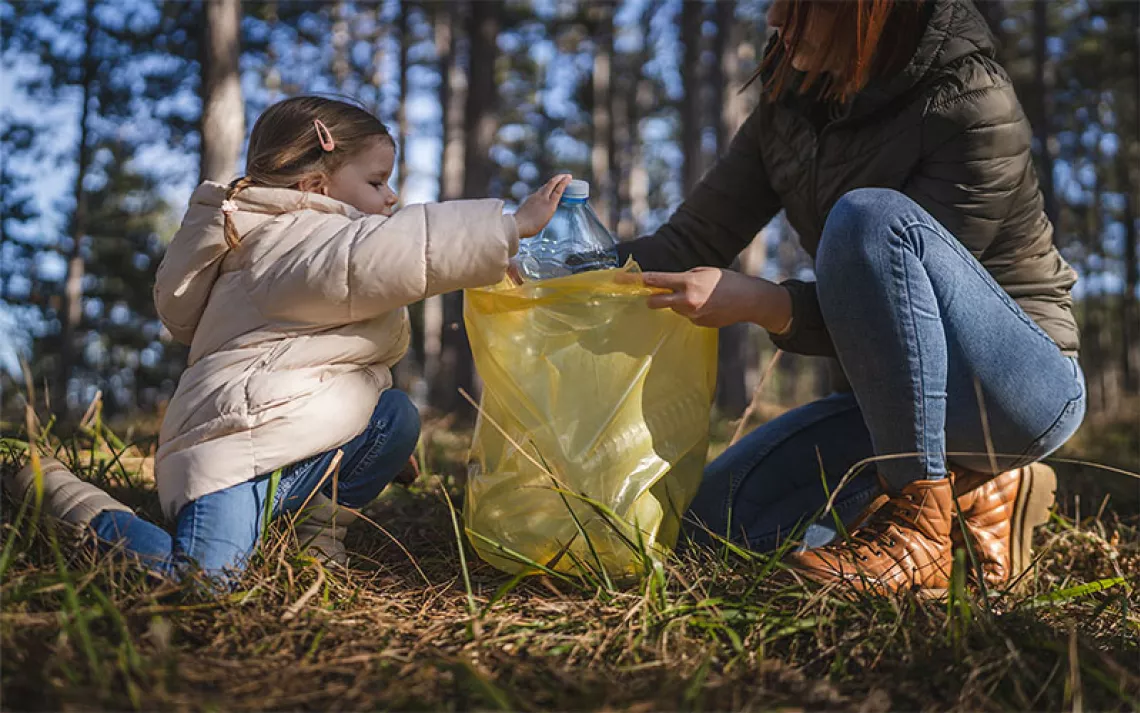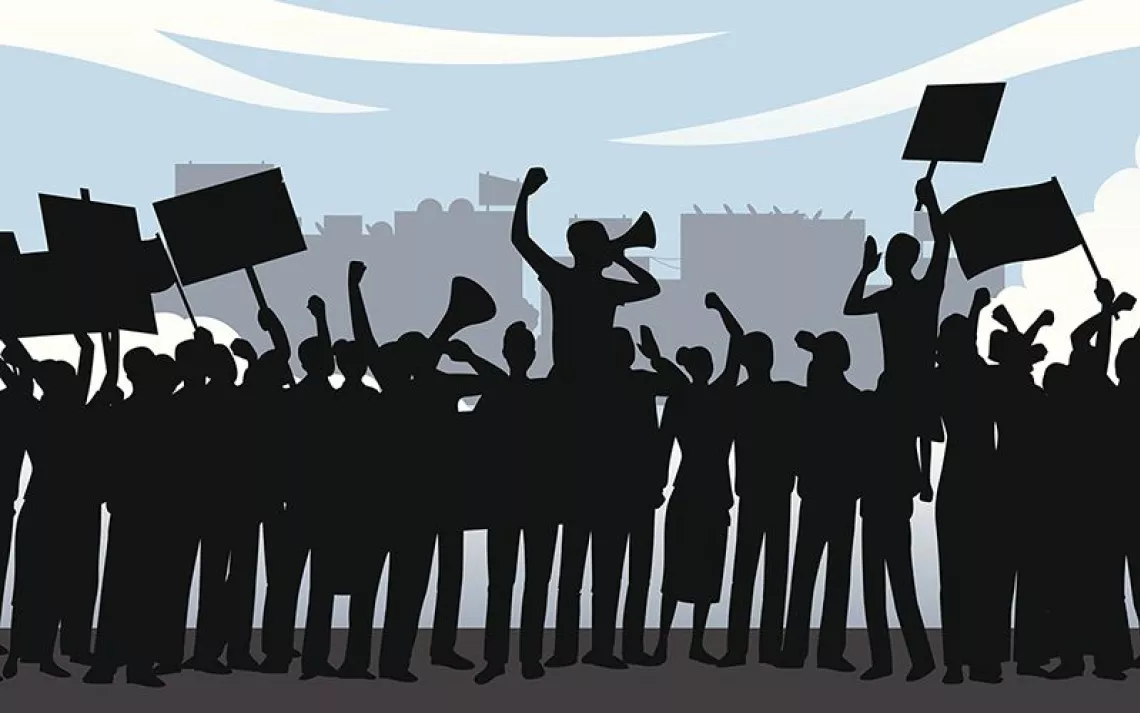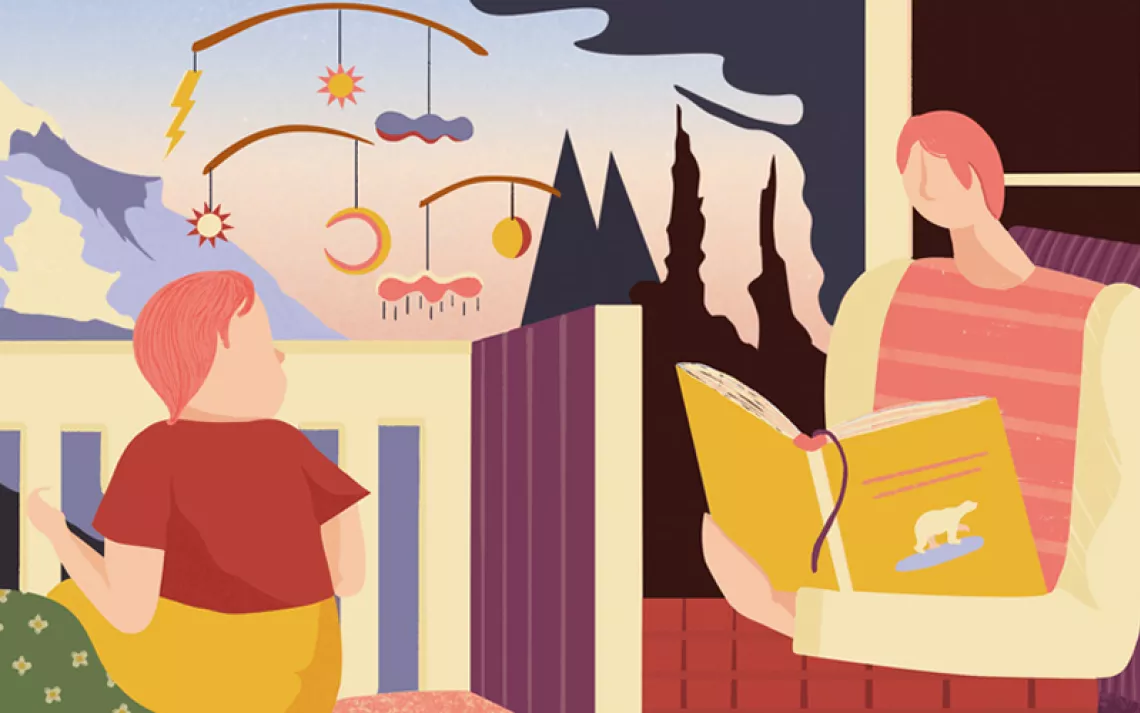School Supplies That Rule (Because They’re Vegan, Less Toxic, Repairable, and Plastic-Free)
Here are some of the best (and safest) back-to-school goodies

Photo by Mykola Sosiukin/iStock
It’s that time of year when students might need back-to-school supplies like backpacks, notebooks, crayons, and pens. It’s a good time to keep them safe from back-to-school products that may expose them to harmful chemicals.
Fortunately, there are companies that make safer products! With a little sleuthing, I found supplies that your kids can safely use, reuse, repair, and eventually recycle to their heart’s content, all without contributing more plastic to landfills.
Since it's greener to reuse products, I give gold stars to stores where you can give and get new and gently used art and school supplies internationally. If you can’t find supplies there, below are safer brands that pass my test.
All kids need backpacks, and it’s not easy to find brands with safer materials. Jack Wolfskin’s current kids backpacks, JWP Ultralight and Triaz 26 +6, are made with 100 percent recycled materials and are less toxic than other brands. It's the only company that claims all of its products have none of the thousands of toxic PFAS chemicals per Green Science Policy Institute’s PFAS Central website. And it has restrictions on harmful substances in its apparel and equipment, such as flame retardants, formaldehyde, heavy metals, phthalates, polyvinyl chloride (PVC), and volatile organic compounds (VOCs). It has top-loading backpacks so if the main zipper breaks before you have time to fix it, you can still use the pack. This company gets an A for its effort to reduce toxic chemicals. (Although it would be helpful if people asked Jack Wolfskin to package its products without plastic.)
When it comes to backpacks, keep in mind that those carrying a “PFAS-free” label may contain other toxic chemicals like those mentioned above. Also, some companies claiming that their school supplies are “green” or “recyclable” may still come wrapped in plastic that isn’t recyclable, or have mixed materials (like spiral notebooks) that prevent them from being eligible for curbside recycling. When I asked three green school suppliers—Onyx + Green, EcoPen Club, and Eplanita—about all of the above, I got zero responses. So I have to flunk them for responsiveness and transparency.
What about the supplies students put in backpacks? Let’s start with pens, highlighters, and crayons. Millions of nonrefillable pens end up in landfills every year. Instead, try the Zebra F-701, a plastic-free, refillable pen. Ask the company to package products without plastic and to write “refillable” on them so people get a friendly reminder! For highlighters, there’s a crayon for that! After all, they are plastic-free. When crayons become little stubs, you can recycle them into new crayons (and even start a crayon recycling drive). And then you can close the loop by buying tree-free (paper-free) recycled Crazy Crayons that say “recycle” on the label.
When I bought pens for a school supply drive, I made the hard decision to go with nonrefillable. I couldn’t afford to buy 200 Zebra pens, and the more affordable, recycled plastic Pilot B2P Bottle 2 Pens didn’t say “refillable” to remind kids to reuse them. I went with nonrefillable Agile eco pens that seemed greener. I bought them from Ebay so I could ask the seller to ship them naked or in used (or ugly) packaging. I even took their pen apart to make sure it was plastic-free. Product manufacturers should use the labeling as an opportunity to remind people why and how to recycle those items.
If you wish binders were just as repairable as backpacks, your dream just came true. Try the one made by Wisdom Supply Co., which is the only repairable and plastic-free binder I could find. For the paper in your binder, try three-hole-punch paper by Skilcraft and composition and softcover journals by New Leaf Paper. They are less toxic (100 percent processed chlorine-free) with 100 percent PCRC (sometimes called post-consumer waste). Unlike some paper products, New Leaf Paper is vegan, and its notebooks are printed with vegetable inks.
One of the most important things a kid can learn is how to support and protect the planet we all call home. When they do, they also help to protect themselves, other living things, and our air and water. So ask me about books and campaigns by and for youths up to age 21 to create a more equitable, greener home, school, and world!
 The Magazine of The Sierra Club
The Magazine of The Sierra Club



